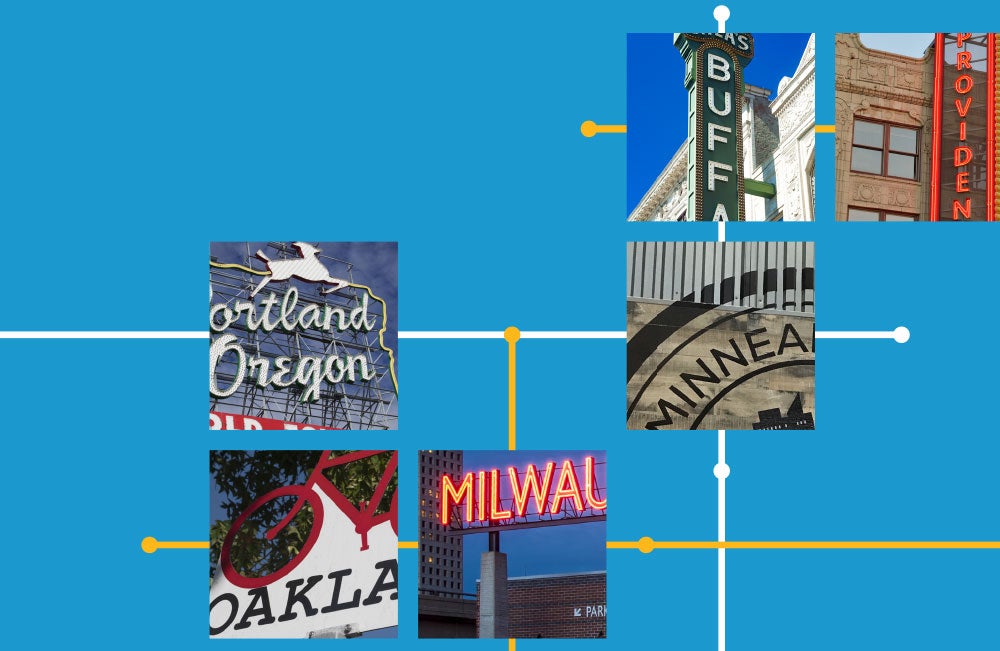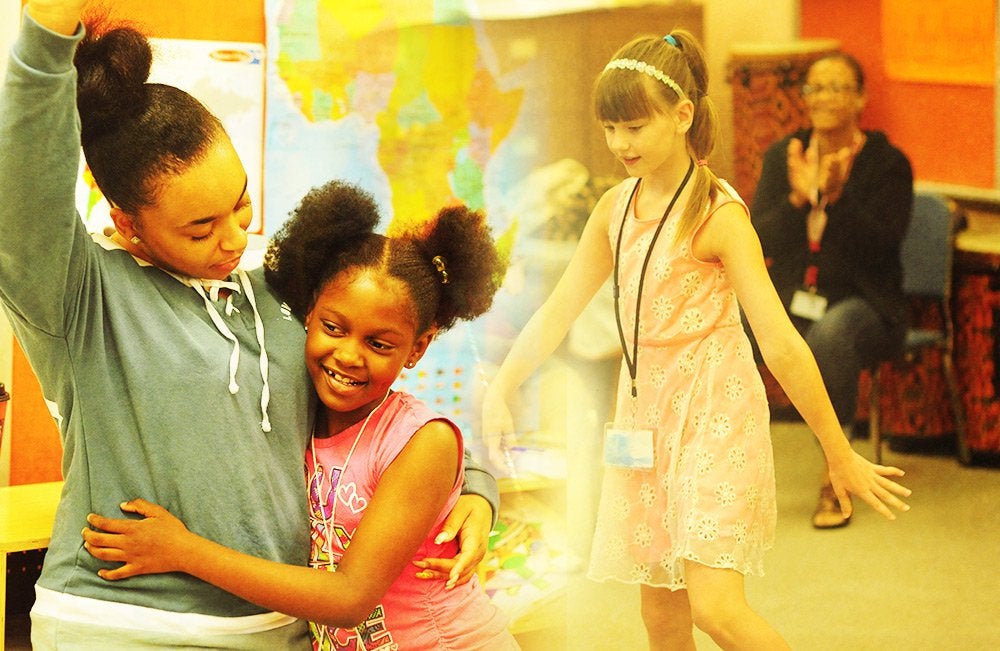Cross-sector partnerships—where people from businesses, community organizations, governments, and other entities come together to solve complex societal problems—can provide rich opportunities for young people. But how?
Several months ago, Wallace launched a one-time, one-year exploratory effort to learn more about how these partnerships might provide opportunities for young people who are not well served by current systems. Through the Advancing Opportunities for Adolescents (AOA) initiative, we’ve provided a selected group of 30 grantee partnerships with funding, along with options for technical assistance and peer learning community support.
Gigi Antoni, Wallace’s vice president of youth development, is leading the work. We sat down with her recently to see what it’s all about.
Wallace Foundation: What do you hope to learn from Advancing Opportunities for Adolescents?
Gigi Antoni: We want to discover how existing cross-sector partnerships are reaching young people who face structural or systemic barriers that could limit their ability to grow and thrive. Those barriers might be related to their identity, like race, ethnicity, and sexual orientation, and/or their circumstances, such as poverty or homelessness.
One of the things that we're interested in understanding is how the local context drives the strategies that the partnerships are using. That might be which groups of adolescents they choose to focus on, how local history might affect or apply to these young people, or the root causes for why certain groups are served in communities and some aren't.
WF: AOA is the result of a new approach that Wallace is taking in designing new initiatives. Can you tell us a bit more about that?
Gigi: Wallace initiatives are traditionally multiyear, multi-community efforts that are designed to answer questions that speak to unaddressed needs. We knew we wanted to tackle issues of access for adolescents, who are hardest to reach, but we didn’t know what we didn’t know. We had a hunch—a hypothesis—that there were all kinds of partnerships already doing this kind of work. We knew we needed to include those real voices into our thinking and learning before we started designing a big new initiative.
So we decided to undergo an exploratory year to discover what kind of cross-sector partnerships are already out there. Instead of conducting our usual exhaustive research to shape our thinking and then targeting specific organizations and communities that we thought were a fit, we held an “open call” to cast a wide net and hear from communities unfamiliar to us. Few foundations do this because it’s challenging and you never know what kind of response you’ll get.
WF: What kind of response did you get from the open call?
Gigi: Well, we got over 1,700 expressions of interest! The volume was so much more than we expected, but it also confirmed to our team that there was a “there” there. This kind of cross-sector partnership work wasn’t just happening in a few places—it’s all across the country.
WF: What kind of partnerships are now involved in your one-year effort?
Gigi: We have a fantastic group of 30 partnerships from 18 different states. They include community-based organizations, city/county municipal offices, out-of-school time intermediaries, public school districts, higher education institutions, foundations, community organizers, businesses, neighborhood development corporations, and faith-based entities. Geographically, the majority of the grantees come from the Midwest, Northeast, and Southwest, and they represent urban, suburban, and rural communities.
WF: What are you learning about these partnerships and their work?
Gigi: All of these partnerships are finding new ways to offer young people an opportunity to learn, lead, and make a difference.
We’re learning that the history and context of the local community drive who's well served and who isn't. Some partnerships focus on certain populations, such as Black males or indigenous youth. Others are working to mitigate barriers like housing instability or issues related to immigration status or English as a second language. In some places, like in New Mexico, we see the community impact, even today, of removing indigenous people from their land. In Texas we see the unique challenges of border towns. In many cities we see the residual effects of redlining and how it has concentrated poverty.
These partnerships are addressing historical inequities and providing safe places where adolescents can explore their passions and build a community of supportive relationships.
WF: How are they doing that?
Gigi: Their strategies differ, but many of these partnerships focus on building developmental relationships—making sure kids have caring adults in their lives who see them and know them. And they’re building both literal and metaphorical safe places for young people to explore new ideas and new experiences.
Some are building teen centers, places for teenagers to hang out, where they have access to technology, games, and peers. Some also offer services like counseling, navigating financial aid, or finding and applying for internships.
And their strategies for using the funding differ as well: many are putting their dollars toward program implementation, data systems, or partnership coordination.
WF: What are you most excited about regarding AOA?
Gigi: I’m most excited about the sheer diversity of strategies organizations are using to tackle this massive problem of access and the different ways they’re choosing to partner with others.
As I travel the country to meet these people and witness their work, I’m inspired by how smart and strategic they are. The spirit with which they approach this work and the new ways they think about partnership is so energizing. In many ways, the pandemic was a catalyst for innovative thinking, and this sector is really responding. It’s exciting to see partnerships replacing some of the siloed work that has been in place for so long.




